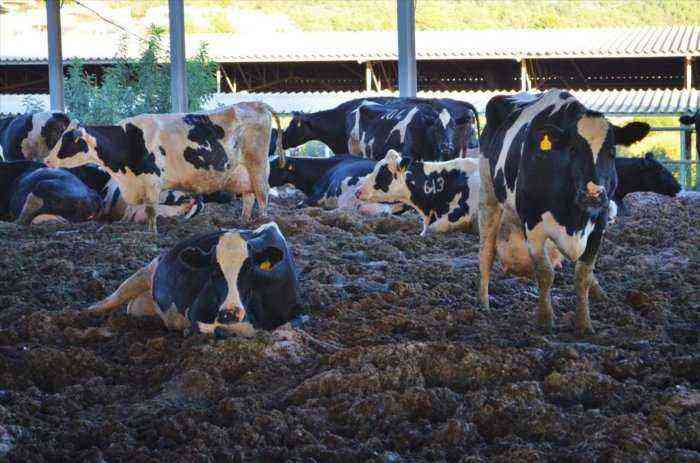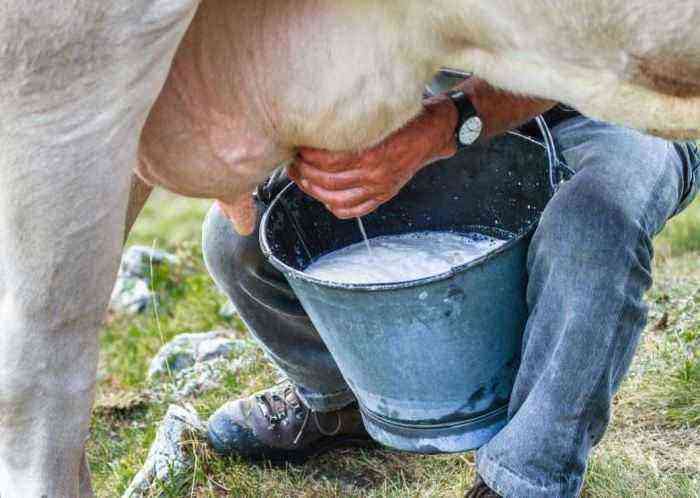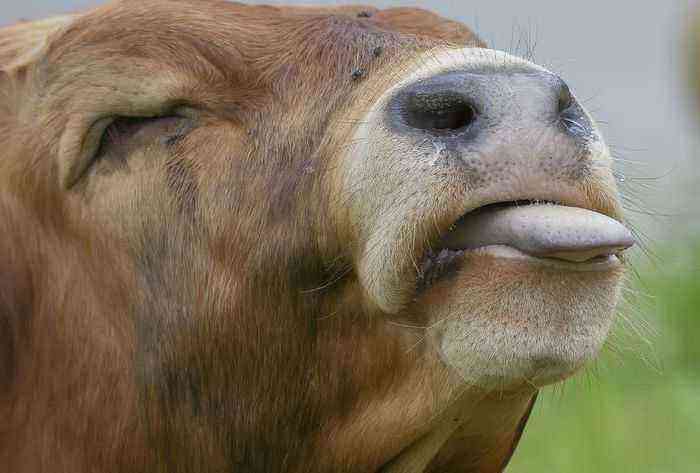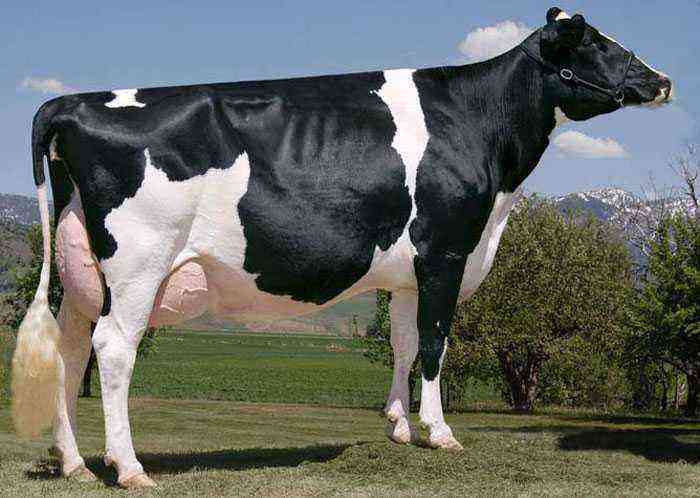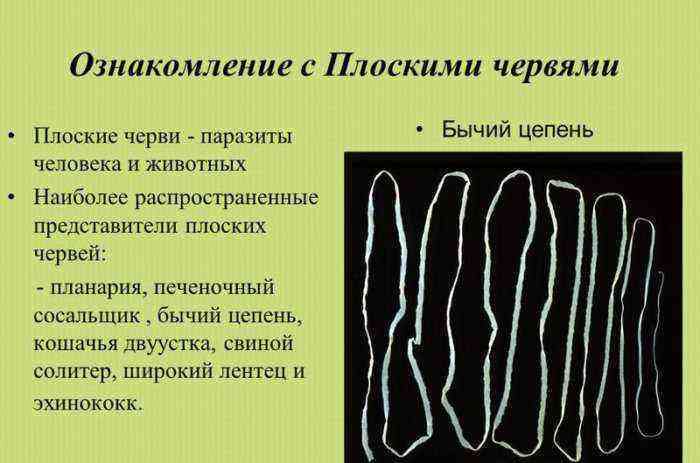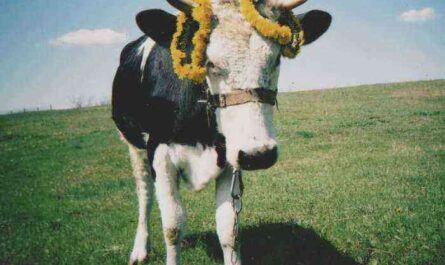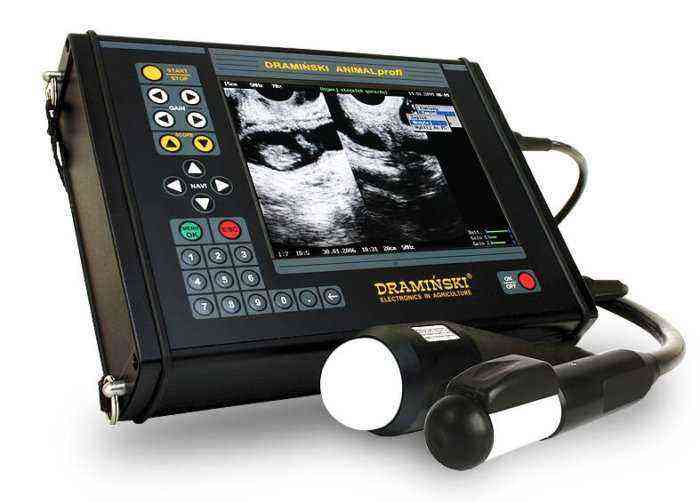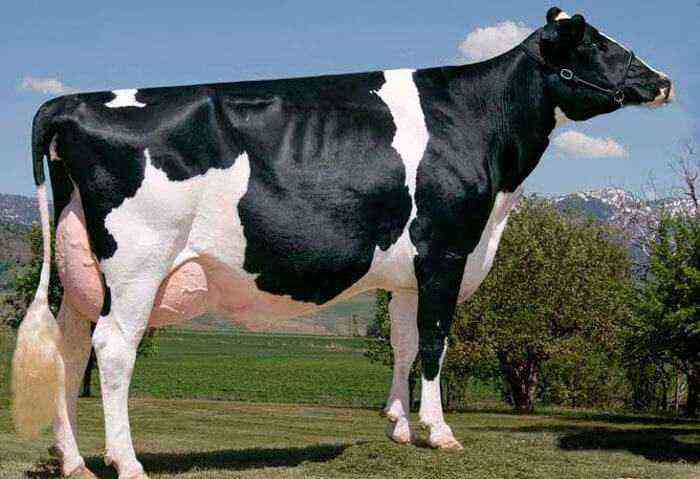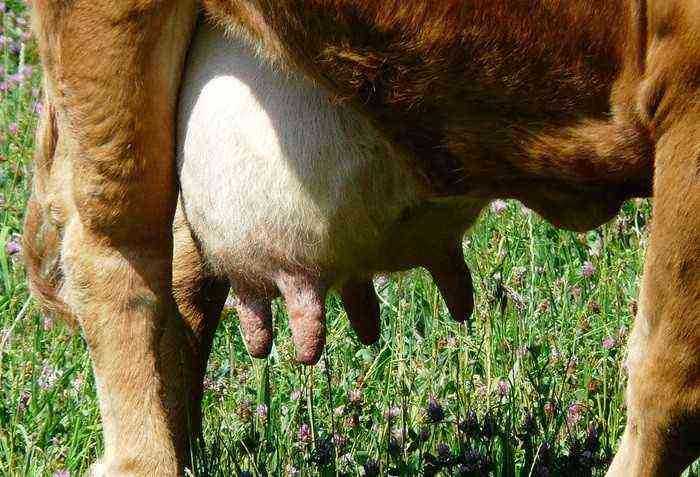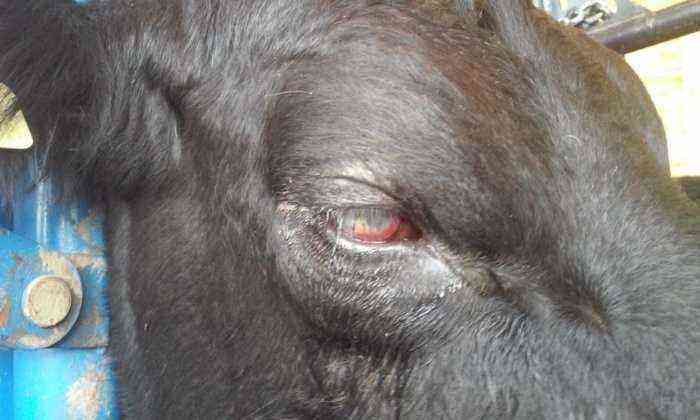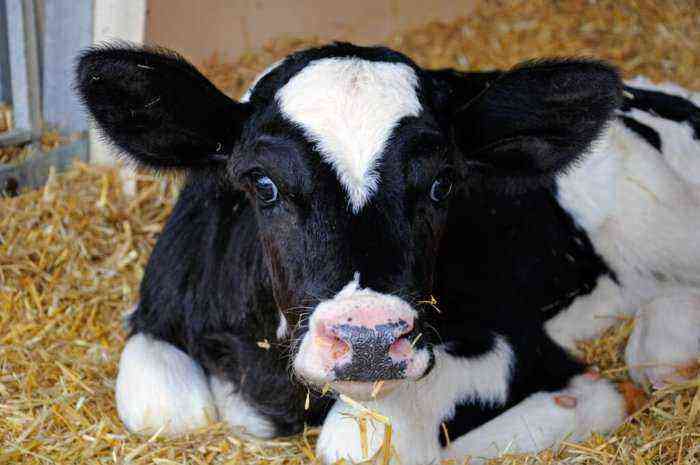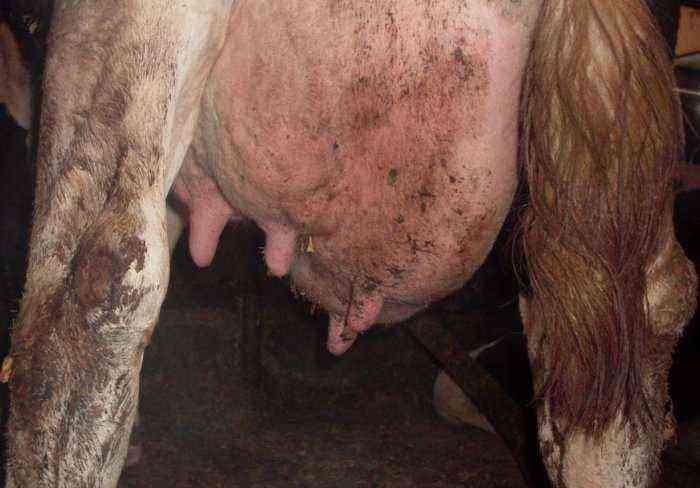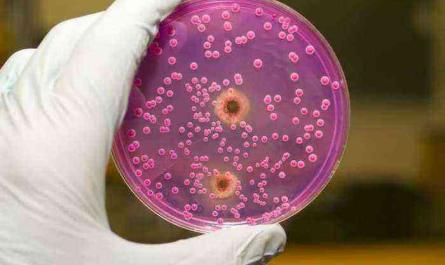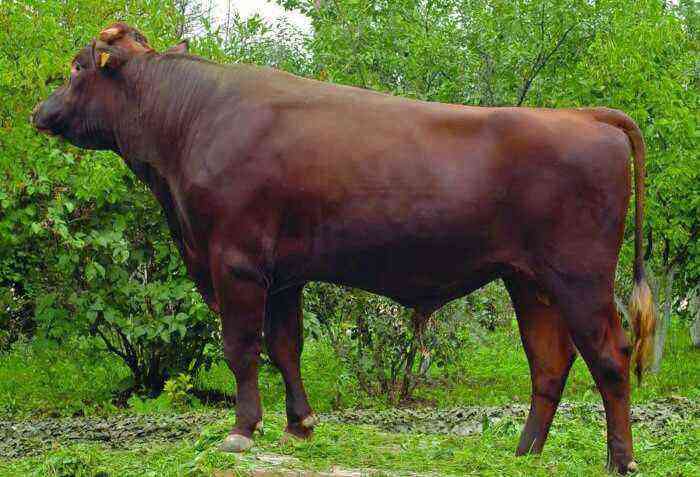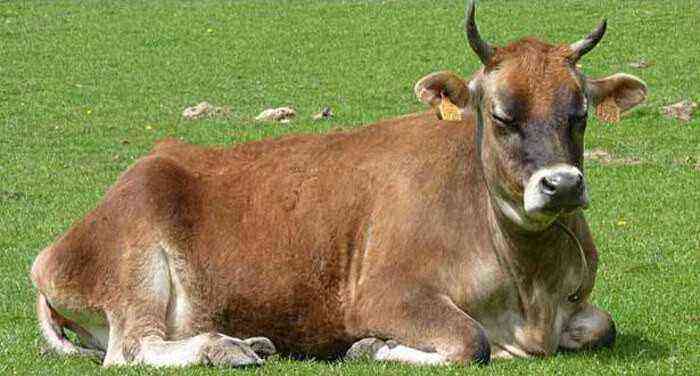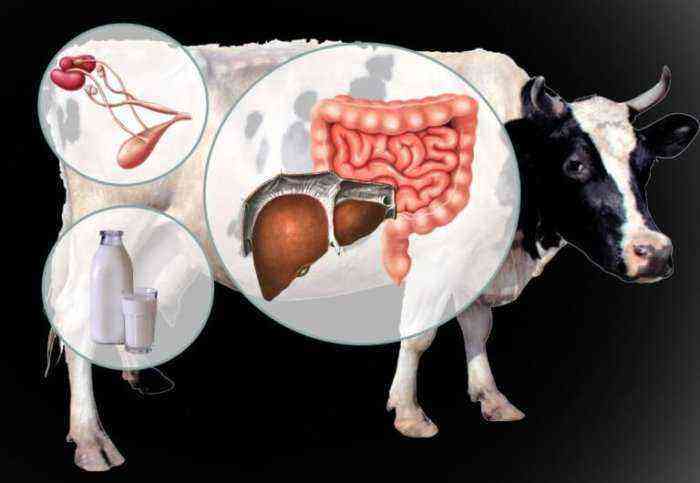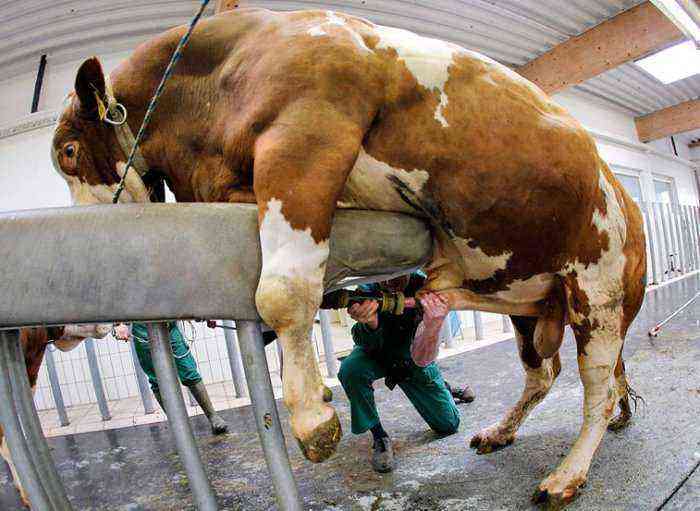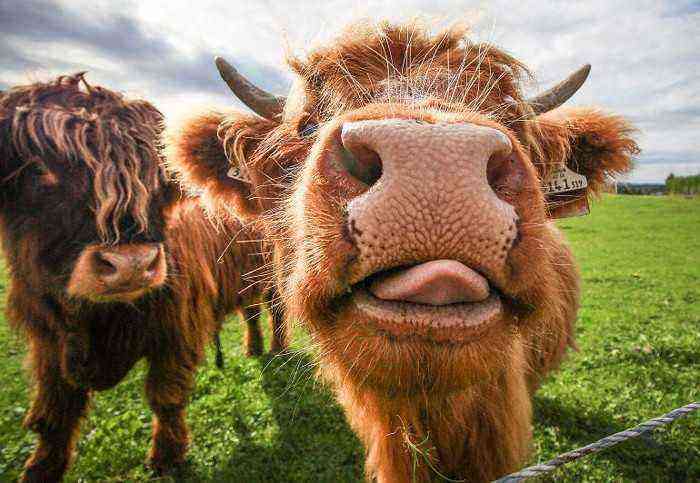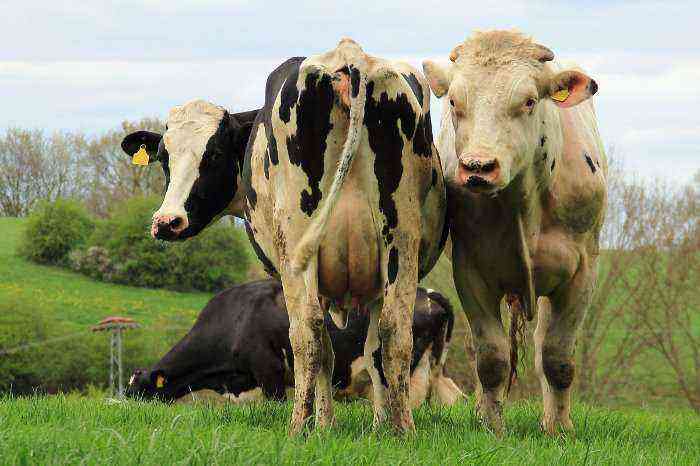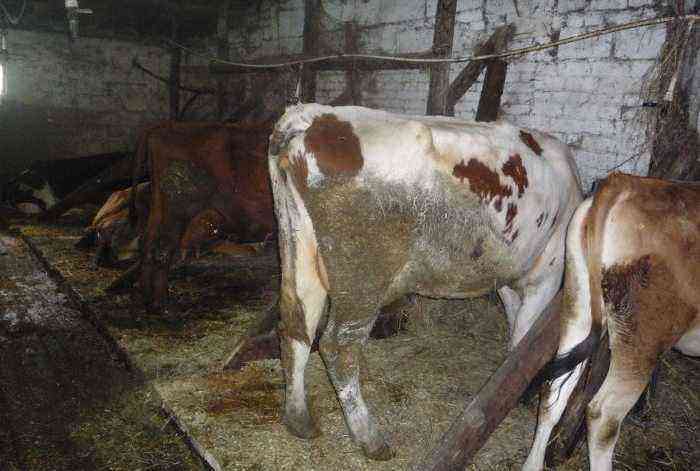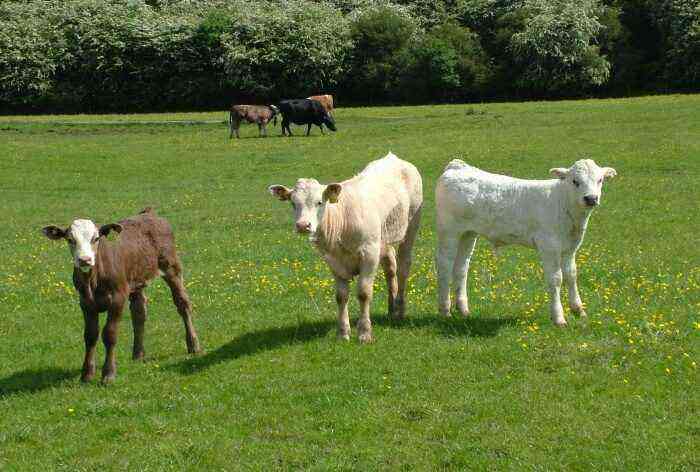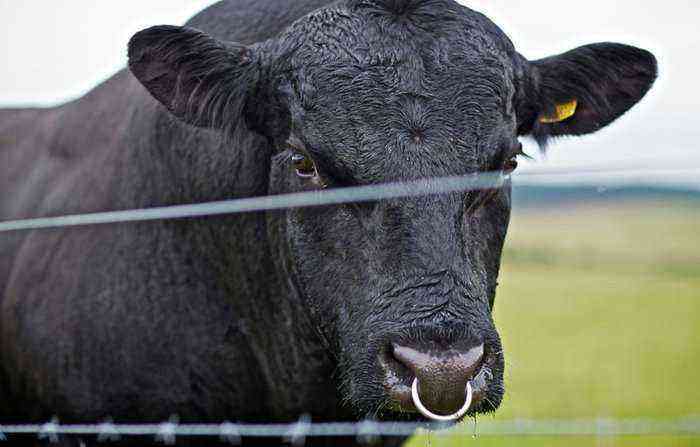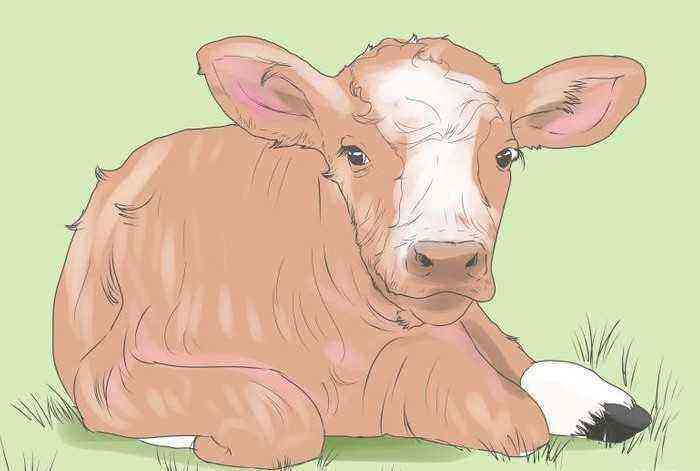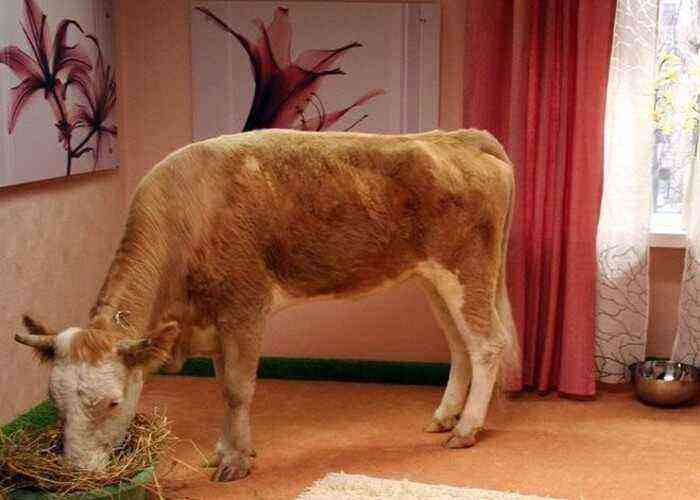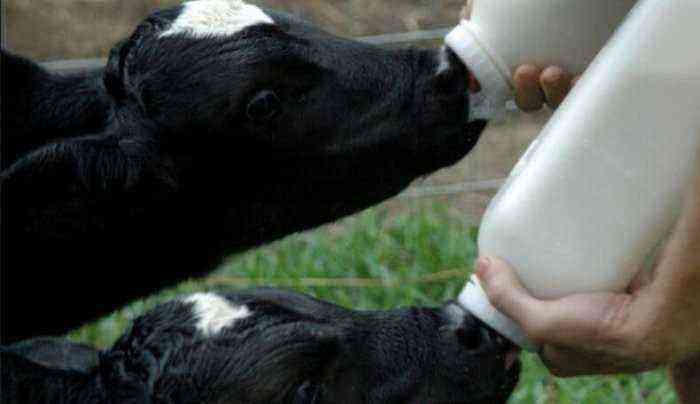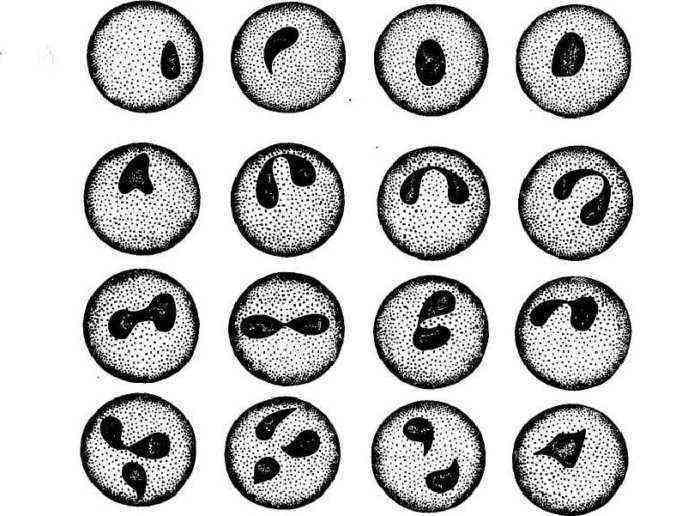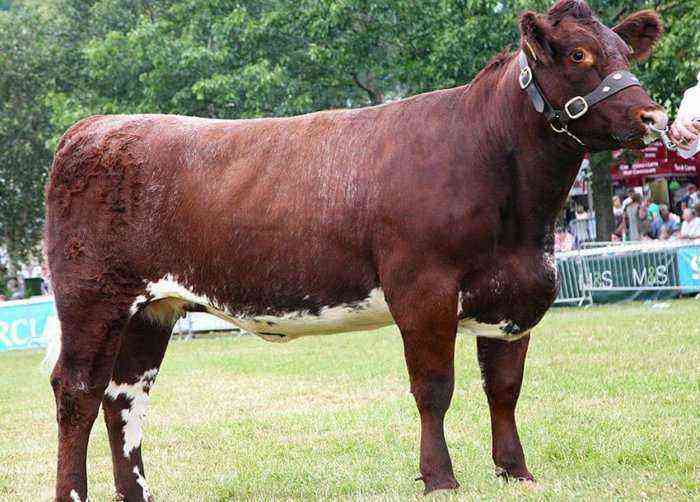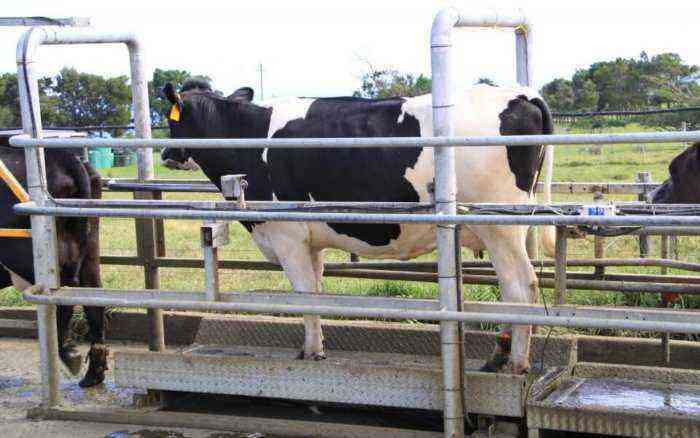The causative agent of brucellosis affects the musculoskeletal system of a cow. The infection has a negative impact on the reproductive function of livestock. Pathogenic microorganisms can be transmitted from animals to humans through meat and milk. Brucellosis in cows is also called Maltese fever. Harmful bacteria are able to retain pathogenic properties for 2-4 months.
brucellosis in cows
Causes of brucellosis
Harmful bacteria may be present in water and feed. Pathogenic microorganisms enter the mucous membrane of animals through care items. The breeder must constantly monitor the cleanliness of inventory. The infection may be present in animal feces. Most often, brucellosis affects the herd during the grazing period.
Important! The infection is transmitted through contact with sick individuals. Outbreaks of the disease occur after the introduction of new animals.
Transmission paths
Pathogenic bacteria enter the body of cattle through microcracks in the skin and mucous membranes. Animals become ill after eating compound feed containing brucellosis pathogens. Pathogenic microorganisms may be present in drinking water. The infection is transmitted through the respiratory system. If brucellosis is suspected, sick cows should be isolated immediately.
There is a risk of contracting brucellosis for professionals who work with livestock. Bacteria can enter the human body through the skin. Pathogenic microorganisms can enter the human respiratory system.
Signs and symptoms
There are 3 forms of brucellosis:
- The acute stage lasts for 1-2 months.
- The duration of the subacute stage is 3 months.
- If left untreated, the disease becomes chronic.

symptomatology
Brucellosis can be recognized by the following features:
- the animal loses its appetite;
- his productivity is declining;
- in a cow, the joints on the limbs become inflamed;
- the infection penetrates the genitals and causes an increase in the number of miscarriages;
- a sick animal can hardly move across the pasture.
Harmful bacteria affect the development of the fetus. Cows give birth to non-viable calves. In some individuals, the temperature rises. Brucellosis in cattle leads to dramatic weight loss. Decreased immunity increases the rate of spread of infection.
Cows infected after coating most often give birth to normal offspring. Miscarriages occur at 5-8 months of pregnancy. A few days before giving birth, cows begin to profuse purulent discharge. After an abortion, you may notice signs of endometritis.
In the testes of bulls, an inflammatory process begins. Damage to the tissues of the genital organs leads to infertility. It can be recognized by reduced milk production and weight loss. Veterinarians simply do not have time to cure a sick animal.
Important! The infection can infect the entire herd in a short time. In especially severe cases, the owners are forced to resort to stamping out.
Diagnostics
To identify the pathogen, experts use the bacteriological method. The study for brucellosis consists in conducting a serological analysis. Blood samples are sent to the laboratory, which are taken from sick animals. For diagnosis, expiration from the birth canal is also used.
In case of slaughter, specialists study the affected joints and testes. The infection is detected due to Wright’s allergic reaction. In this case, specialists use an antigen that causes a positive reaction in an infected animal.
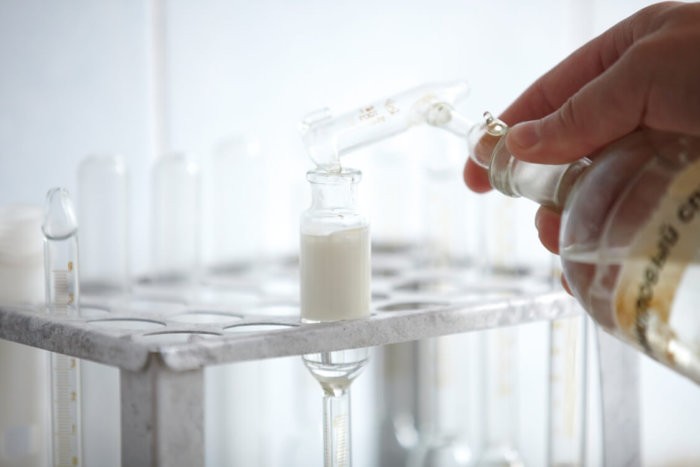
Cow milk analysis
The material used is the tissues of the fetus, milk or blood of a sick animal. Abortine is injected into the cow’s body. Based on the reaction to this drug, a diagnosis can be made with high accuracy.
Therapies
You can get rid of the infection due to antibacterial drugs. Veterinarians achieve a positive effect through the use of the following means:
- Rifampicin;
- Chloramphenicol;
- Streptomycin;
- Tetracycline.
Antibiotics prevent the development of infection at the initial stage of the disease. When the first signs of infection appear, it is necessary to vaccinate the entire herd.
Important! The chronic form of brucellosis is practically untreatable. Brucellosis vaccine is used to prevent the spread of infection in the herd.
Prevention
Infection of cows can be avoided if the entire herd is vaccinated. Monitor livestock behavior. When the first signs of brucellosis appear, it is necessary to separate the sick animal from the main herd.

cow vaccination
The disease may be associated with improper storage of feed stocks. It is necessary to pay attention to the conditions of keeping animals. The breeder must take measures to improve the immunity of cows. These methods can prevent infection with a dangerous infection.
Important! Particular attention should be paid to the content of the young. After miscarriages, all items must be disinfected. It is best to burn the stall. The floor and walls of the room are treated with bleach.
Brucellosis bacteria show high resistance in the external environment. The disease is transmitted not only through food and water. Pathogens enter the body of cows through damaged mucous membranes during contact with sick individuals. To prevent infection with a dangerous infection, it is recommended to vaccinate the entire herd.
